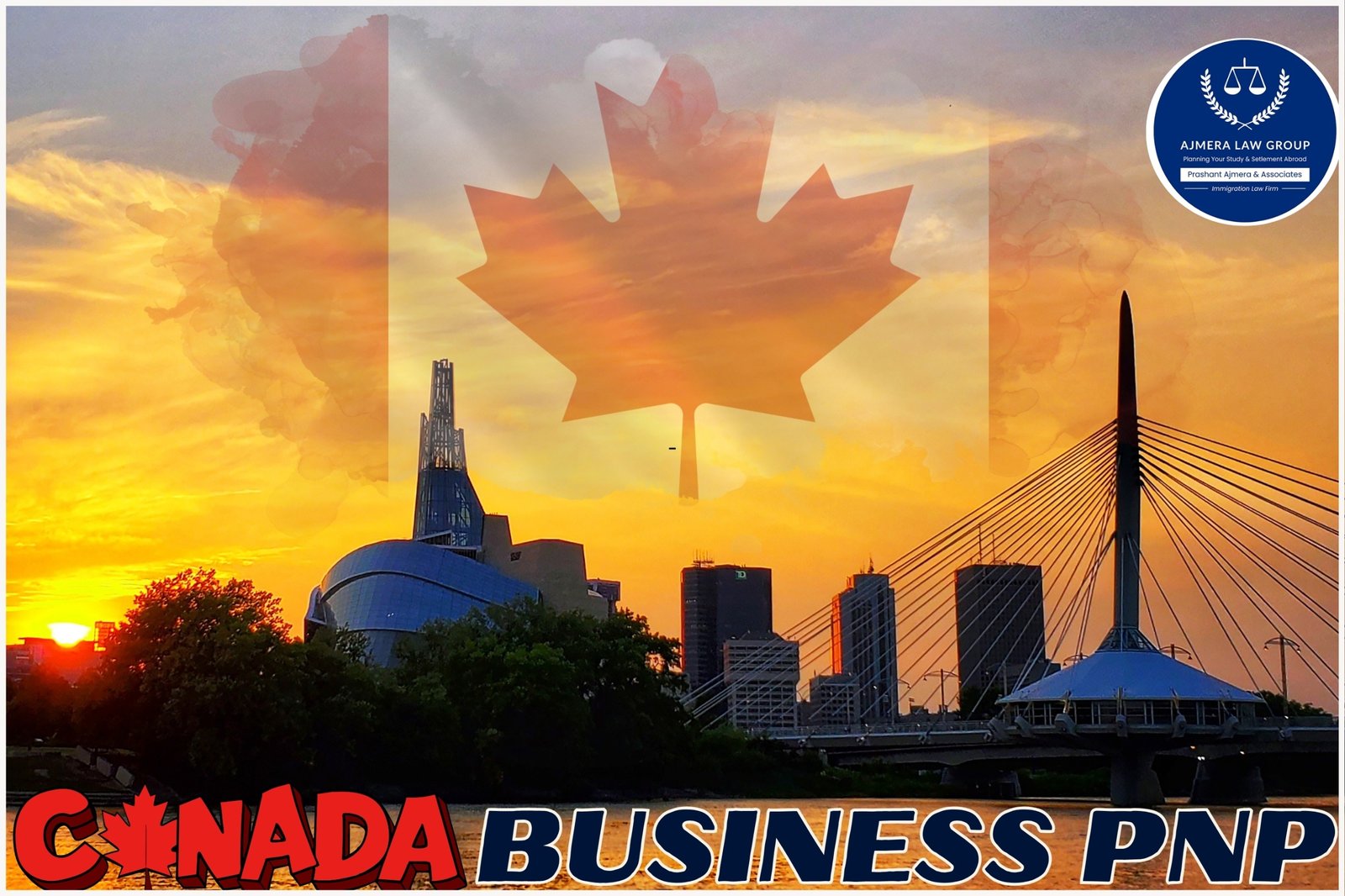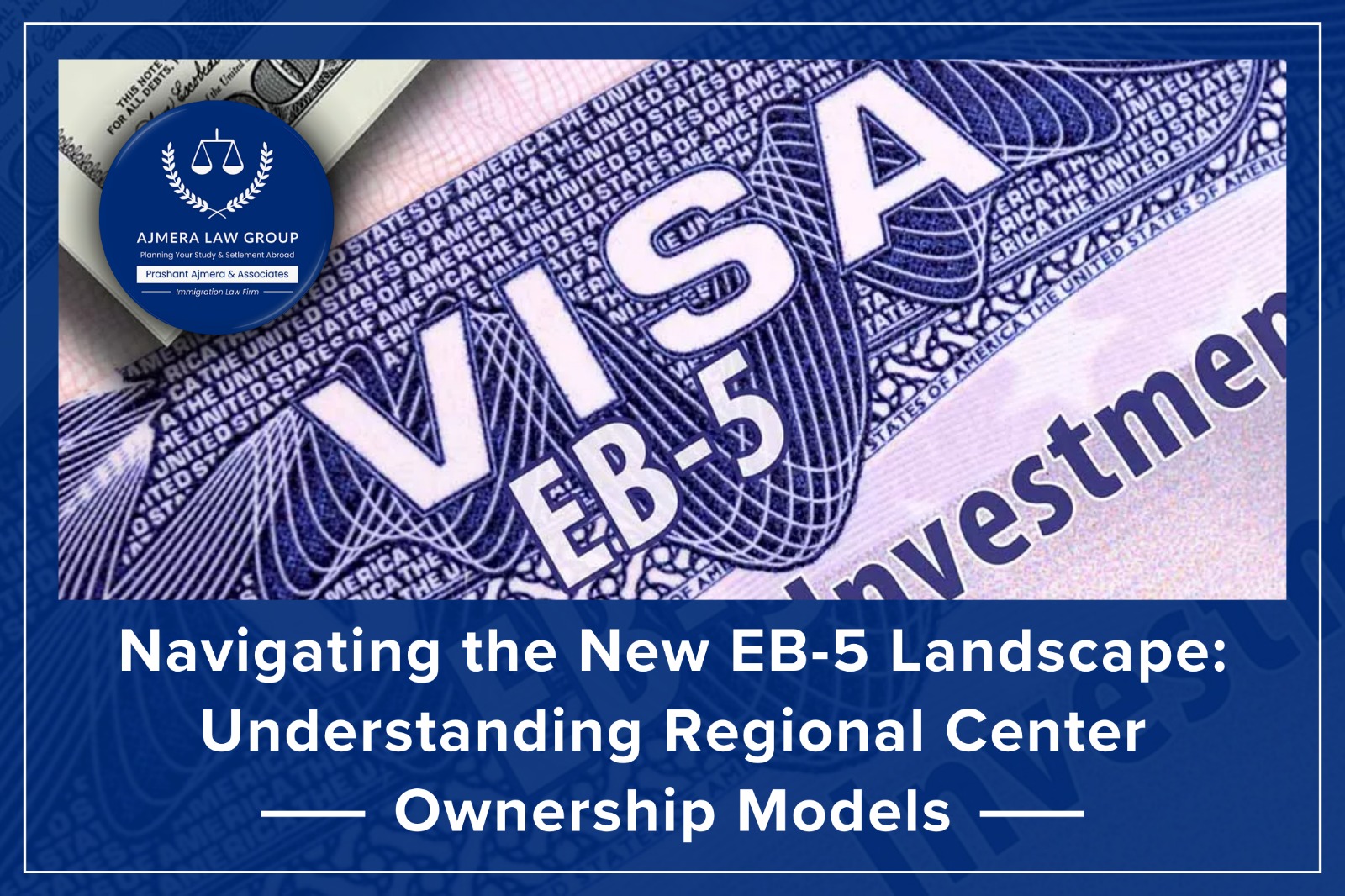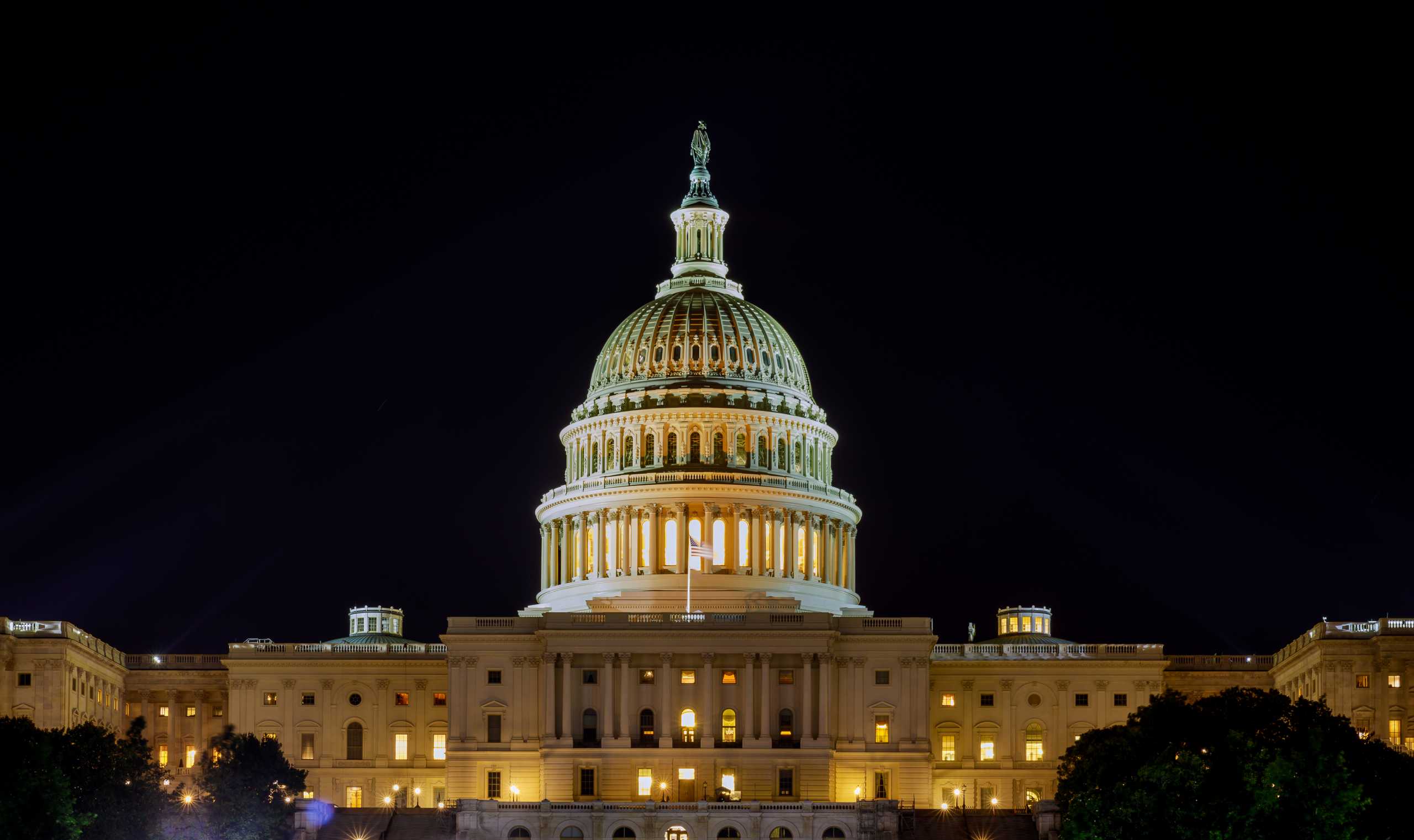Manitoba PNP Business Immigration Program: Entrepreneur Pathway
The Manitoba Provincial Nominee Program (MPNP) offers the Entrepreneur Pathway under its Business Investor Stream (BIS), providing a route for experienced business professionals to establish or purchase businesses in Manitoba and obtain Canadian permanent residency.
Eligibility Criteria
To qualify for the Entrepreneur Pathway, applicants must meet the following requirements:
- Business Experience: Minimum of 3 years full-time work experience in the past 5 years as an active business owner (with at least 33.3% ownership) or in a senior management role of a successful business.
- Net Worth: Minimum personal net worth of CAD $500,000, verified by a third-party supplier approved by the MPNP.
- Language Proficiency: Minimum Canadian Language Benchmark (CLB) level 5 in English or French.
- Education: Minimum of Canadian high school certificate equivalent.
- Investment: Minimum investment of CAD $250,000 for businesses situated in the Manitoba Capital Region or CAD $150,000 for businesses outside this region. The investment must be made in an eligible business as defined by the MPNP.
- Business Plan: A detailed business plan is required, outlining the proposed business and its potential economic benefit to Manitoba.
- Job Creation: The proposed business must create or maintain at least one job for a Canadian citizen or permanent resident in Manitoba (excluding the business owner and their close relatives).
- Exploratory Visit: While not mandatory, conducting a business research visit to Manitoba is recommended to explore business opportunities and gather information.
Application Process
- Self-Assessment and Business Concept: Prospective applicants complete a self-assessment form and submit a business concept to the MPNP.
- Expression of Interest (EOI): Submit an EOI to the MPNP, including details from the self-assessment and business concept.
- Letter of Advice to Apply (LAA): If selected, applicants receive an LAA, inviting them to submit a full application.
- Full Application Submission: Submit the complete application, including the verified net worth report and detailed business plan, within 120 days of receiving the LAA.
- Interview and Business Performance Agreement (BPA): Attend an interview (if required) and sign a BPA outlining the terms for establishing the business in Manitoba.
- Work Permit and Business Establishment: Upon approval, receive a letter of support to apply for a work permit, allowing you to establish or purchase the business in Manitoba.
- Nomination and Permanent Residency: After fulfilling the BPA terms, receive a provincial nomination from Manitoba, enabling you to apply for Canadian permanent residency.
Conclusion
The Entrepreneur Pathway under Manitoba’s PNP Business Investor Stream offers a structured and supportive route for experienced entrepreneurs to establish businesses and achieve permanent residency in Canada. By meeting the program’s criteria and successfully operating a business in Manitoba, applicants can contribute to the province’s economic growth while securing their future in Canada.
FOR BLOG- The author of this article is Mr. Prashant Ajmera, an Indian immigration lawyer and Canadian citizen. He is the founder of Ajmera Law Group and the author of two books, “Millionaires On The Book” and “How to Plan for Your Child’s Foreign Education.” Over the past 30 years, he has assisted and advised over 30,000 students and families on planning their foreign education and settlement. He regularly speaks at various forums on this subject.
Ajmera Law Group: Mo: +91 9974253030 | info@ajmeralaw.com | www.ajmeralaw.com
👉 Explore the possibilities today:
📖 Read our detailed blog 👉 https://ajmeralaw.com/blog/
📹 Watch this informative video 👉 https://www.youtube.com/ajmeralawgroup
💬 Stay Updated:
📱 Join our WhatsApp Group: -https://chat.whatsapp.com/LMYGSw3FT42GLrH82yg4Rz
📢 Subscribe to our WhatsApp Channel: https://whatsapp.com/channel/0029VaaukpFKbYMMAFh4iZ2K
📢Stay informed about global opportunities for investors and entrepreneurs! 🌍 https://whatsapp.com/channel/0029VaaukpFKbYMMAFh4iZ2K
📞 Contact Ajmera Law Group:
📧 Email: info@ajmeralaw.com
📱 Phone: +91 9974253030
🌐 Website: www.ajmeralaw.com
✳️ Legal Disclaimer: In India, only registered lawyers are authorized to provide legal advice on immigration and visa matters.
💡 Take the first step toward your entrepreneurial future!












